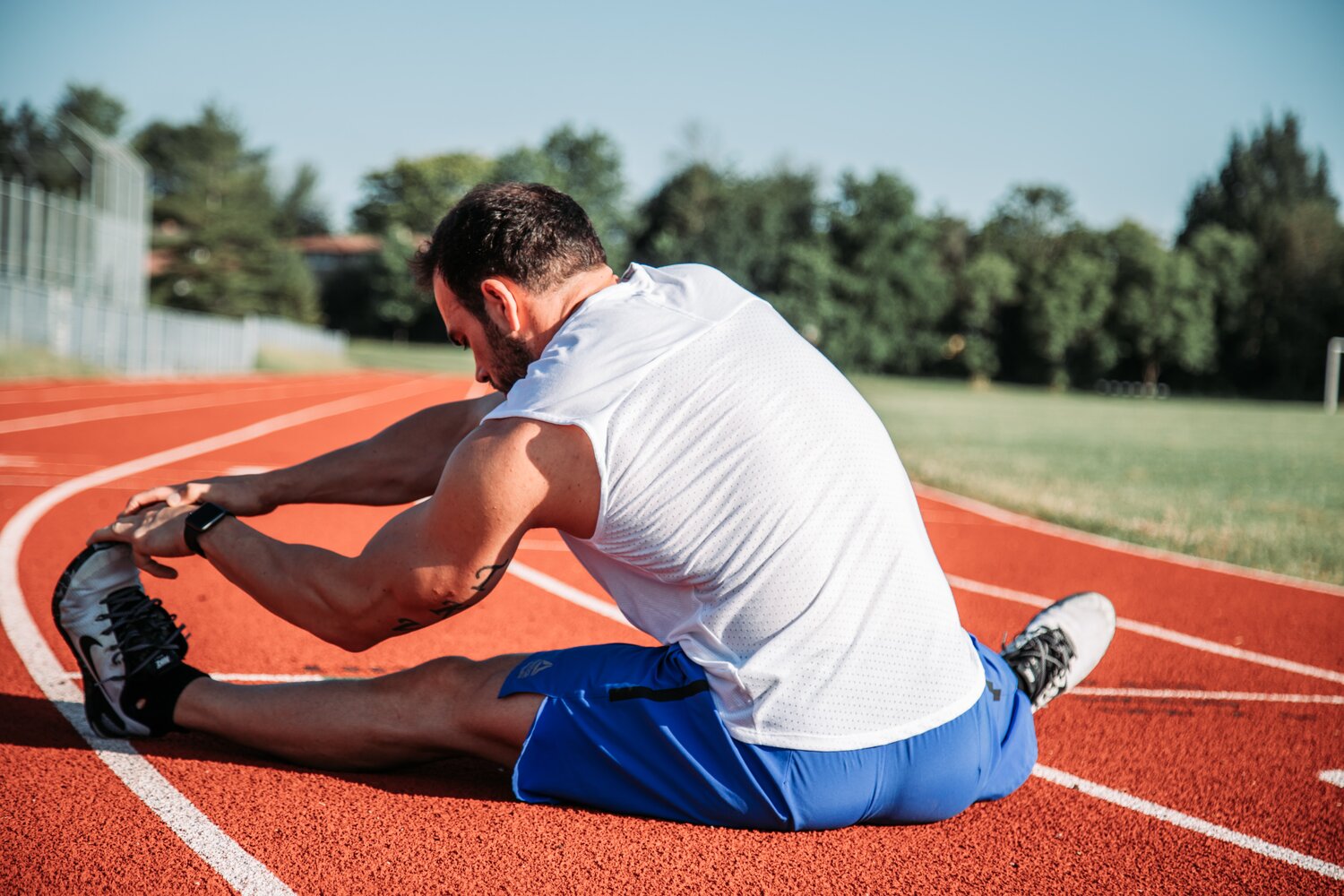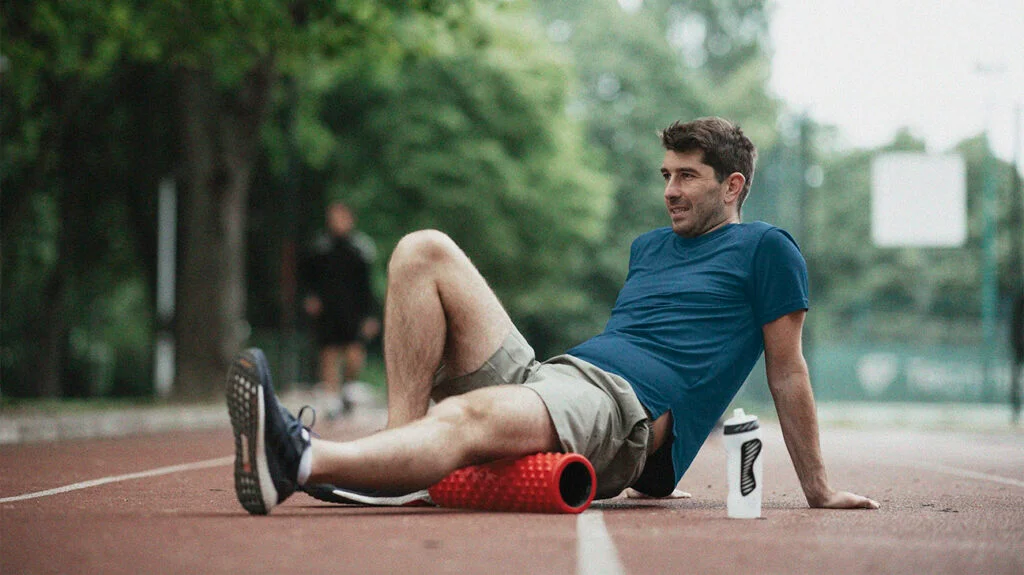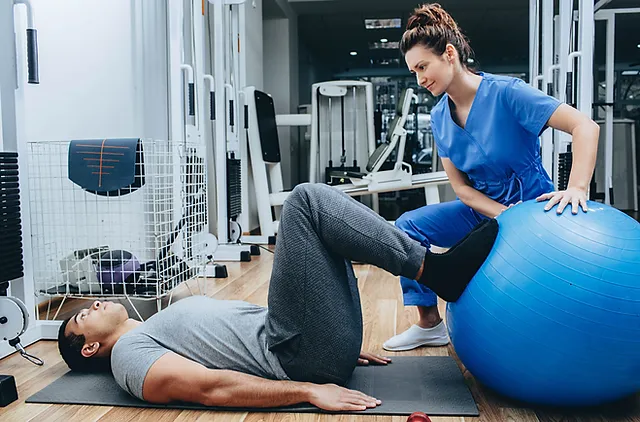Exercise Daily – Endurance athletes consistently push their bodies to the limit, making optimal recovery strategies essential for maintaining peak performance and reducing injury risk. Recovery following endurance exercise is a multidimensional process involving various components, such as sleep, nutrition, and active and passive recovery strategies.
Athletes may engage in active recovery following competition, such as light exercises, which have been shown to positively affect the recovery of muscle function. The use of compression garments on recovery is another popular modality among endurance athletes, including elite and team sport athletes, to speed up recovery between training sessions. Sleep as a recovery tool is particularly crucial, especially for female athletes, who have reported significantly higher ratings of recovery strategy effectiveness.

Understanding Recovery in Endurance Sports
The recovery strategies in endurance athletes are closely linked to their performance and recovery outcomes. Endurance athletes know that recovery is not just about resting but also involves various recovery interventions to enhance endurance performance. Discussing recovery strategies with fellow athletes and coaches can lead to a belief in the recovery strategy being used, which is associated with improved muscle recovery and reduced effects of recovery demands from endurance events.
What is Recovery?
Recovery is the process by which the body repairs itself after the stress of physical activity. For endurance athletes, this means restoring energy stores, repairing muscle damage, and reducing fatigue.
Recovery strategies with endurance athletes, especially those used after long endurance training sessions, are vital in ensuring athletes can maintain their training intensity and performance levels. By utilizing various strategies, athletes can effectively manage their recovery from training and competition, ultimately supporting their overall sports performance.
Why is Recovery Important?
Recovery is crucial because it allows athletes to perform at their best during training and competition. Without adequate recovery, the risk of overtraining and injury increases, leading to prolonged downtimes and subpar performances.
Types of Recovery Techniques
Active Recovery
Active recovery involves low-intensity exercises that help to increase blood flow and reduce muscle stiffness. Activities such as light jogging, swimming, or cycling at a leisurely pace can promote active recovery.
Passive Recovery
Passive recovery refers to complete rest or activities that require minimal physical exertion. These can include watching TV, reading, or taking a nap. Passive recovery is essential for allowing the body to heal and recharge fully.
Compression Garments
Compression garments enhance blood flow and reduce muscle soreness. Many athletes use compression socks or sleeves to support recovery after intense workouts or competitions.
Sleep and Nutrition
Adequate sleep and proper nutrition are fundamental to recovery. Sleep helps repair muscle tissue and consolidate memories, including motor skills. Nutrition, especially a diet rich in protein and carbohydrates, replenishes energy stores and aids muscle repair.

Post-Exercise Recovery Methods
Stretching and Flexibility
Incorporating stretching into your post-exercise routine can improve flexibility and reduce muscle tension. Dynamic stretches before workouts and static stretches after can be beneficial.
Hydration and Electrolyte Balance
Maintaining hydration and electrolyte balance is critical for recovery. Drinking water and consuming electrolyte-rich beverages help to replace fluids lost during exercise and maintain optimal muscle function.
Recovery Strategies During Training and Competition
Importance of Recovery Sessions
Structured recovery sessions within training programs are vital for managing fatigue and maintaining performance. These sessions can include light exercise, massage, or yoga.
Monitoring Recovery
Tools like heart rate monitors and sleep trackers can provide insights into how well an athlete is recovering. These technologies can help adjust training loads and recovery practices accordingly.
Using Technology for Recovery
Technological advancements such as cryotherapy, infrared saunas, and electrical muscle stimulation (EMS) offer innovative ways to enhance recovery. These methods can help reduce inflammation and accelerate muscle repair.
Effectiveness of Recovery Strategies
Measuring Recovery
Assessing the effectiveness of recovery strategies involves tracking performance metrics, fatigue levels, and muscle soreness. Regular monitoring can help fine-tune recovery practices for optimal results.
Common Mistakes
Common recovery mistakes include insufficient rest, poor nutrition, and overtraining. Avoiding these pitfalls is crucial for maintaining long-term athletic performance.
Best Practices
Implementing best practices such as individualized recovery plans, consistent monitoring, and staying informed about new recovery techniques can help athletes achieve the best results.

Advanced Recovery Techniques
Cryotherapy
Cryotherapy involves exposing the body to extremely cold temperatures for a short period. This technique helps reduce inflammation and muscle soreness, promoting faster recovery.
Infrared Saunas
Infrared saunas use infrared light to heat the body directly, which can help improve circulation, reduce muscle stiffness, and promote relaxation.
Electrical Muscle Stimulation (EMS)
EMS devices send electrical impulses to muscles, causing them to contract. This can help reduce muscle soreness, enhance blood flow, and accelerate muscle repair.
Recovery Nutrition
Importance of Carbohydrates
Carbohydrates are essential for replenishing glycogen stores that get depleted during endurance activities. Consuming adequate carbohydrates post-exercise ensures energy levels are restored.
Protein for Muscle Repair
Protein plays a critical role in repairing muscle damage and promoting growth. Including high-quality protein sources in your diet helps in the recovery process.
Hydration and Electrolytes
Hydration is vital for recovery. It helps maintain optimal muscle function and reduces the risk of cramps and fatigue. Electrolyte-rich beverages help restore the balance of minerals lost through sweat.
Personalized Recovery Plans
Creating a Recovery Schedule
A personalized recovery plan tailored to an athlete’s specific needs can optimize recovery. This plan can include scheduling rest days, incorporating various recovery techniques, and adjusting based on performance metrics.
Listening to Your Body
Athletes should pay attention to their bodies and recognize signs of overtraining or inadequate recovery. Adjusting training intensity and recovery strategies based on these signals can prevent injuries and enhance performance.

Psychological Recovery
Mental Rest
Mental fatigue can be as debilitating as physical fatigue. Incorporating mental rest and relaxation techniques such as meditation, deep breathing exercises, and mindfulness can aid overall recovery.
Stress Management
Managing stress is crucial for recovery. High-stress levels can impede physical recovery and performance. Techniques such as yoga, journaling, and spending time in nature can help manage stress.
Recovery Tools and Gadgets
Foam Rollers
Foam rollers are excellent tools for self-myofascial release, helping to relieve muscle tightness and improve blood flow.
Massage Guns
Massage guns offer deep-tissue massage, aiding in muscle recovery and reducing soreness. They are portable and can be used for targeted muscle relief.
Recovery Apps
Various apps are available that track sleep, nutrition, and recovery metrics. These apps provide personalized recommendations and help athletes stay on top of their recovery game.
Conclusion
Effective recovery strategies are essential for endurance athletes to sustain high performance and prevent injuries. By incorporating various recovery techniques and staying attuned to their bodies, athletes can optimize their recovery process and maintain peak conditions.
FAQs – Recovery strategies for endurance athletes
Q: What is the best recovery technique for endurance athletes?
A: The best recovery technique varies per individual but generally includes a combination of active recovery, adequate sleep, proper nutrition, and hydration.
Q: How much rest do endurance athletes need?
A: Endurance athletes typically need 7-9 hours of sleep per night, with additional rest periods following intense training sessions or competitions.
Q: Can diet affect recovery time?
A: Yes, a balanced diet rich in proteins, carbohydrates, and essential nutrients can significantly improve recovery time by repairing muscle tissue and replenishing energy stores.
Q: What are the signs of poor recovery?
A: Signs of poor recovery include persistent fatigue, muscle soreness, decreased performance, and increased susceptibility to injuries.
Q: How do compression garments aid recovery?
A: Compression garments improve blood flow, reduce muscle soreness, and decrease recovery time by supporting and enhancing circulation during and after exercise.




